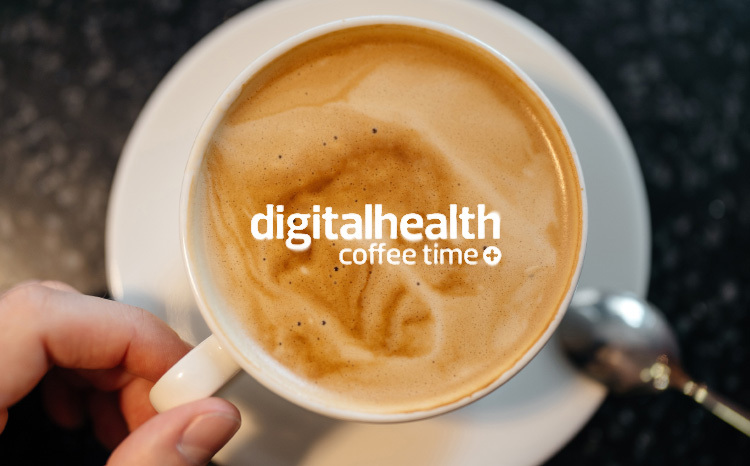HL7 and IHTSDO sign agreement
- 22 April 2009
Health Level Seven, the international healthcare IT standards body, has partnered with the International Health Terminology Standards Development Organisation, a provider of standardised clinical terminology.
The partnership is designed to foster interoperability and lead to improvements in patient safety by eliminating gaps and overlaps between the HL7 and IHTSDO standards.
The focus of joint work will be the ISO/TC215 Joint Initiative on SDO Global Health Informatics Standardization, which both organisations have committed to support.
Central to the new agreement is a more formal partnership and coordination between the two bodies to avoid duplication of effort and to better integrate standards.
“While HL7 and SMOMED have worked together for several years, their collaboration was informal and without oversight. As a result, the independently developed standards were not harmonized and often were not easily integrated,” said HL7 chair-elect Bob Dolin, MD.
Dolin added: “Coordinating the efforts of these two leading standards groups at the start rather than at the end of the standards development process is a major step forward in the industry’s goal of seamless interoperability.”
John Gutai, IHTSDO’s chief technical architect, said: “Stronger links between standards development organisations will provide an improved service to both health authorities and healthcare system implementers, and make a significant improvement to patient safety by reducing overlaps and gaps between the various standards.”
IHTSDO and its members seek to improve healthcare by fostering the development and use of suitable standardised clinical terminologies, notably SNOMED CT, in order to support the safe, accurate, and effective exchange of health information.
HL7 describes itself as a not-for-profit, ANSI-accredited standards development organisation dedicated to providing a comprehensive framework and related standards for the exchange, integration, sharing, and retrieval of electronic health information.
Links





